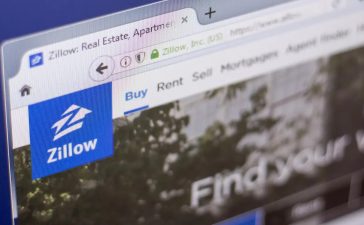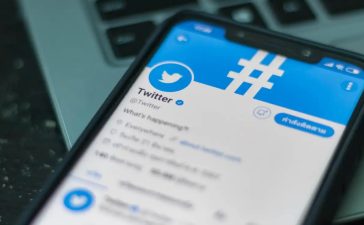We usually consider YouTube as an avenue for sharing videos that have large audience, but it can be an excellent method to backup or share private videos provided you adhere to the rules of copyright on YouTube.
Like David Gewirtz explains over on ZDNET the Content ID checks are still in place to videos that are uploaded as private (meaning that only uploaders is able to access the videos) or are unlisted (which can be viewed by anyone with a link or if they appear in playlists for public viewing).
Scanning private or unlisted videos can prove beneficial to professional creators of content. They can upload a video to YouTube as private to ensure it is able to pass YouTube’s Content ID checks prior to the video is released to the public or modify the video as needed to be protected from demonization and serious copyright violations. This is a huge inconvenience for users who wish to share videos with friends only as well as uploading a school project to allow simple watching.
Usually, when your content is detected in YouTube’s ContentID check, you’ll receive an alert. However, if the owner of the copyright decides to act this could lead to the removal of your video or even a copyright strike. Strikes can be very serious as just three copyright strikes against your account could permanently shut down your channel, prohibiting your uploads from the future and rendering your uploaded content unaccessible, unless you contest the decision to remove it.
There are ways to stay clear of YouTube copyright concerns on private and unlisted content.
How to stay clear of Copyright Flags and Strikes against YouTube videos that are not listed or private YouTube videos
In the event that you’re using YouTube to backup or to share videos with others however, you must comply with YouTube’s copyright rules. In accordance with the YouTube’s Copyright & Fair Use policy The general guidelines are quite easy to follow:
“Creators must only upload content they’ve made or are authorized to make use of. This means that they shouldn’t upload videos that they did not make or incorporate content into their videos that another person has the copyright to including music tracks, fragments of copyrighted software, or videos created by users other than the creator without permissions.”
It’s almost impossible to imagine to imagine that YouTube will flag a privately uploaded family video. However, when you create, for instance an assignment for class that has copyrighted footage or music it is possible to end getting caught tripping Checking Content ID.
Fortunately, YouTube’s automated system reviews uploaded videos before they are uploaded and alerts you to copyright problems so you can correct them quickly and avoid repercussions. However the YouTube ID checks for content ID checks are in constant motion in retrospect, and they can identify private or unlisted content even if they’ve cleared the tests when they were uploaded.
If your video is flagged there are steps you can do and get rid of a warning or strike.
What should you do if your private or unlisted YouTube video is blocked
If you’re given a copyright notice against your videos that are not listed on the internet Do not panic, you have several options to address the issue.
- The appeal of the copyright warning:The first step is to challenge the strike or warning for copyright if think the video was flagged incorrectly or falls within “fair usage.” Fair usage is a thorny topic, but YouTube’s Copyright Exceptions policy offers some guidelines. If you choose to contest, YouTube will review your appeal and contact you within a couple of days to inform you whether it was granted or rejected.
- Remove or modify the clip:If there’s no need to handle appealing (or an appeal has been rejected) or if you want to edit your video with YouTube Studio’s editing tools on the back end. They are not as extensive but they can reduce the length of your video, or muffle and replace the audio. You can also erase the video from YouTube Studio. YouTube Studio menu, then edit the video using your preferred editing software, and upload a new version to verify. It is also possible to take it off and remove it from YouTube completely.
- Find another video hosting site: Alternatively, you can upload your own videos onto other web-based video host websites such as Vimeo, Daily Motion, or The Internet Archives. Be aware that these sites be subject to copyright restrictions and may have different restrictions on file sizes or may require payment for use.
- Instead, use cloud storage: Cloud storage services such as Google Photos/Drive, Dropbox, and iCloud are excellent options to backup your videos. Additionally, you can share links with others to let them view the video in their browsers. Also, they’ll look superior to those on YouTube as well as other online video-sharing websites because YouTube’s compression can reduce the quality of videos. Also, there aren’t any copyright checkpoints to be aware of however there are storage limits for users who are free as well as the possibility of having to purchase additional storage space if you want to save lots of videos.
- Do it the analog way: Additionally, it is possible to save your videos to storage media such as USB drive external hard drives or even burnable DVDs and Blu-rays. Of course, you cannot transfer physical media as it is possible to share a download URL or YouTube clip, however it’s a good method to keep your videos safe.






